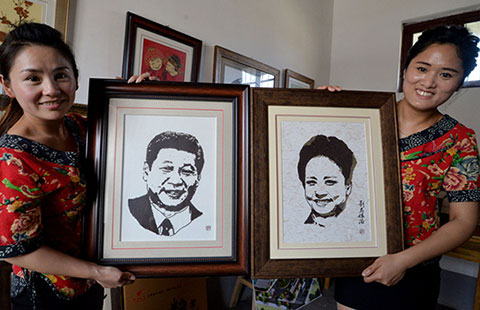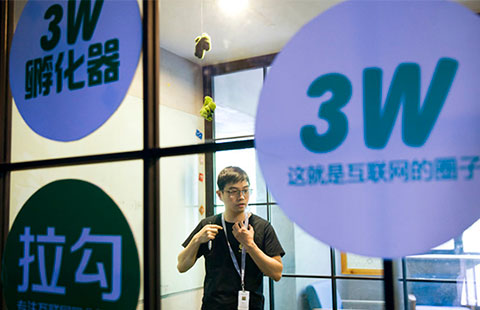China ready to trim stockpiles of cotton
(Agencies) Updated: 2015-06-12 08:05China said on Thursday it will start selling its massive cotton stockpiles this year, in a move likely to depress demand as the country's mills hold off buying in anticipation of sales of discounted fiber.
Market rumours have swirled for weeks that China was preparing to release some of its holdings, which have swelled to around 10 million tons-more than 40 percent of world stocks.
China, the world's top consumer of the fiber, would issue detailed sale plans in the next 10 days, Yin Jian, an official at the National Development and Reform Commission, told an industry conference.
Yin added to China's repeated indications that it does not want to pressure the market, saying the conditions for the stockpile release were stable market prices and a stable market.
However, industry participants have said old crop fiber from reserves would have to be heavily discounted to attract buyers.
Expectations of a stockpile selldown have exacerbated sluggish demand for cotton in China as mills have kept inventory to a minimum ahead of anticipated State auctions.
Global cotton prices have been tracking around five-year lows for the past 10 months, under pressure from weak demand and large stocks.
Yin said that it would take several years for the market to digest China's State-held cotton reserves. While the nation is under pressure to release stocks to recover part of its stockpiling costs, big discounts could risk pushing down market prices, and lead to increased costs for the government under its subsidy scheme to farmers.
China currently sets a target price for cotton and pays farmers the difference between the target price and the average market price. The subsidy scheme replaced the previous stockpiling scheme, but is likely to face changes.
China is under pressure to find new ways of supporting farmers, with farmer groups in the United States and other markets recently complaining that China has gone beyond what is allowed under World Trade Organization rules.
The NDRC has said that it needs time to perfect the new subsidy policy-currently covering cotton and soybeans-before extending it to other crops.
Dai Gongxing of the China Cotton Association told the conference the country could explore new forms of subsidizing its farmers, including insurance, subsidies for technology and infrastructure construction and sales promotion.
Cotton output in China, the world's second-biggest producer after India, is widely expected to drop after the overhaul of support policies.
Yin said the Xinjiang Uygur autonomous region would continue to be the main cotton growing area, while farmers in other regions are expected to reduce their cotton acreage.
- New rules for machinery exports
- Foreign investment rises on services momentum
- Industrial output rises 6.1% during May
- PBOC sees growing global role for yuan
- Tax refunds for more visitors
- Top 10 most expensive private schools in Beijing
- Chinese shares close higher on June 11
- China property investment continues to slow, sales improve

















